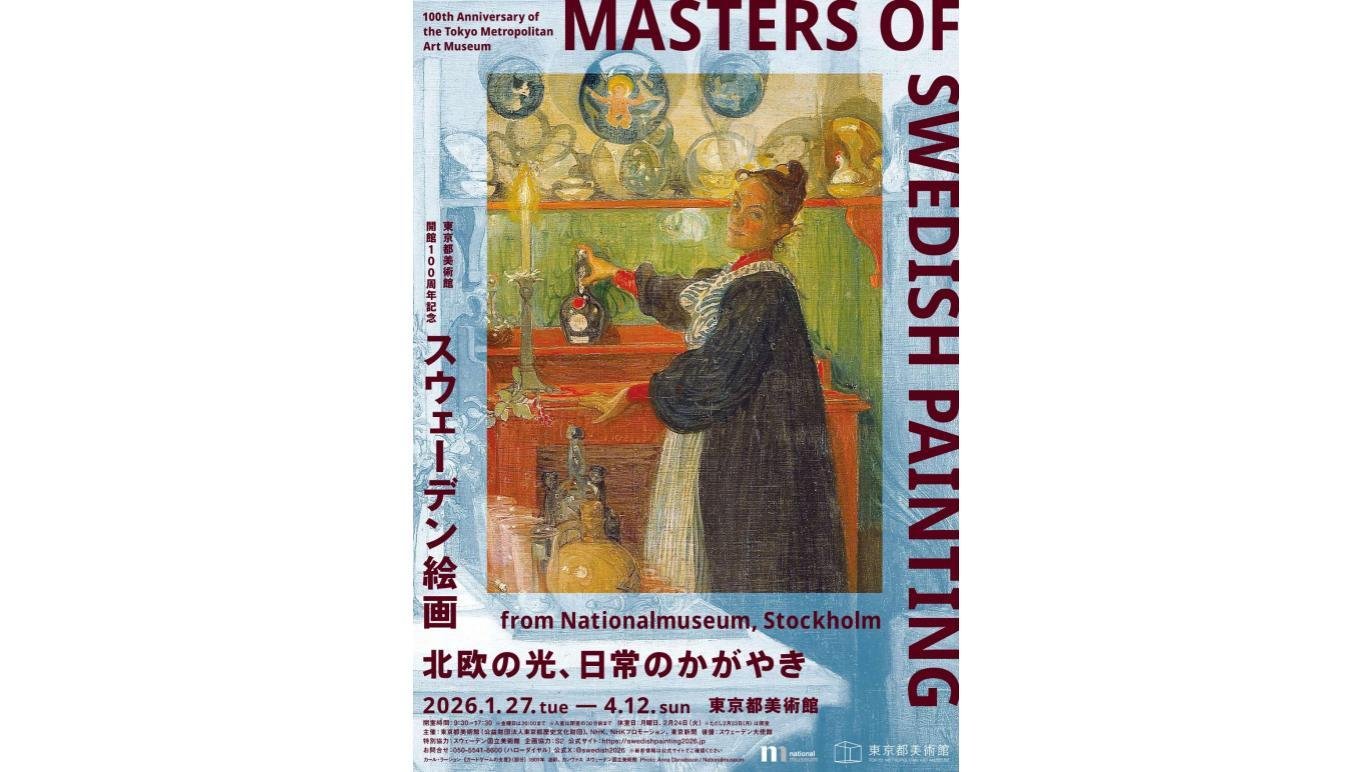Placing sustainability at the core of his artistic practice, Josh Gluckstein captures the raw emotions of endangered animals through his life-sized animal sculptures.
Enter Josh Gluckstein’s home studio, and you’ll find yourself transported into an extraordinary cardboard jungle, brimming with wildlife.
Every corner is teeming with life, from sculptures of majestic lions surveying their kingdom to gentle giants like elephants, giraffes and orangutans. And don’t be startled if you spot a Galapagos tortoise ambling across the floor.
While most artists stick to traditional mediums, social-media sensation Gluckstein instead sees beauty and potential in found and recycled materials. And one material, in particular, has captured his heart: cardboard.
“Cardboard comes from everywhere, so it’s always manufactured in slightly different ways,” he tells Euronews Culture. “It just feels like such a rich material, but it’s so available – really anyone could get their hands on it and play around.”
For him, recycled materials have endless possibilities: “I could use corrugated cardboard to represent the flanges of an orangutan’s face or wrinkled paper to capture the depth and the wisdom of an elephant’s skin.”
A love for animals and art
Ever since childhood, Gluckstein has been passionate about two things: art and animals.
With a foundation in traditional portraiture from studying at art school, Josh’s artistic path took an unexpected turn when he began experimenting with recycled materials.
“I would see things and I would start to imagine manipulating them and turning them into something else. And I was usually doing that with animals,” he tells Euronews Culture.
“I would just walk by a dismantled chair on the ground and think could the legs of that turn into an octopus? And I think it was kind of it was a real escape from the traditions of portraiture and having to capture something so perfect.”
After university, Gluckstein decided to travel for a year – a trip which would have a profound impact on his life and work. He spent “an incredible year travelling all through Southeast Asia”, including four transformative months in India, where he taught in a slum community in Rajasthan.
He says: “That’s the country where I got the majority of my inspiration – the colours, the culture, the animals and the different cities.”
Upon completing a portfolio of his travels, featuring sculptures of camels inspired by his time in India, he set off on another adventure, this time to South and Central America. He encountered tortoises in the Galapagos Islands, scuba dived with hammerhead sharks, and volunteered in Costa Rica, helping to rehabilitate howler monkeys and sloths.
Despite the incredible experiences, there was always a “tinge of sadness” for Gluckstein. “We’ve destroyed a lot of these ecosystems, and specifically you can see plastic waste almost anywhere in the world. I would dive in really remote places and still see Coke cans, cigarettes, and bottles on the shores. It made me realise the extent of the damage we’ve done to our world.”
How he creates the animal sculptures
Gluckstein’s approach to sculpting is both methodical and intuitive. He often works on multiple sculptures simultaneously, a technique that allows him to maintain momentum and freshness in his work.
“I often work on five or six sculptures at the same time. The initial process is similar to how a child would make a bolster sculpture, slotting cardboard together to create cross-sections, to build a form,” he says.
As the sculptures near completion, Gluckstein focuses on the finer details, working with more malleable single-layer cardboard, paper, and scraps of magazines.
“I always want people to have an emotional connection with the animal like I feel I do. So those tiny details, the intensity of the eyes and the placement of the different characteristics is the thing that takes me the longest time.”
Through his work, he has so raised over £10,000 for various wildlife conservation charities and amassed a following of more than 200k followers on Instagram.
Last year, he put on a solo show titled TRAFFICKED at Woolff Gallery, focusing on the world’s most trafficked animals, including snow leopards, tigers, pangolins and elephants. 10% of sales went to WWF UK, which seeks to help restore threatened habitats and species.
Gluckstein hopes to continue using his talent and platform to support these causes and raise awareness about the importance of protecting our planet’s biodiversity.
After all, if we don’t collectively act now, the only place we’ll be able to see these magnificent creatures might just be in a cardboard sculpture.






